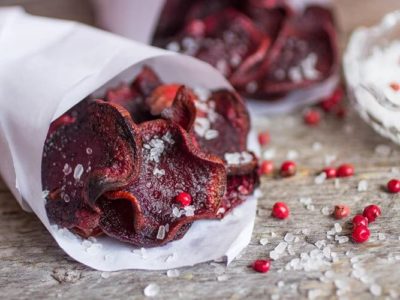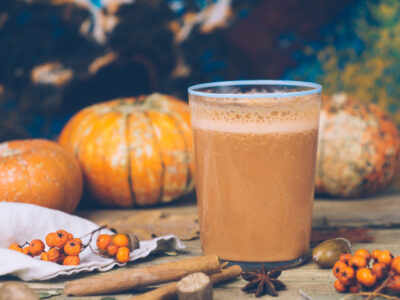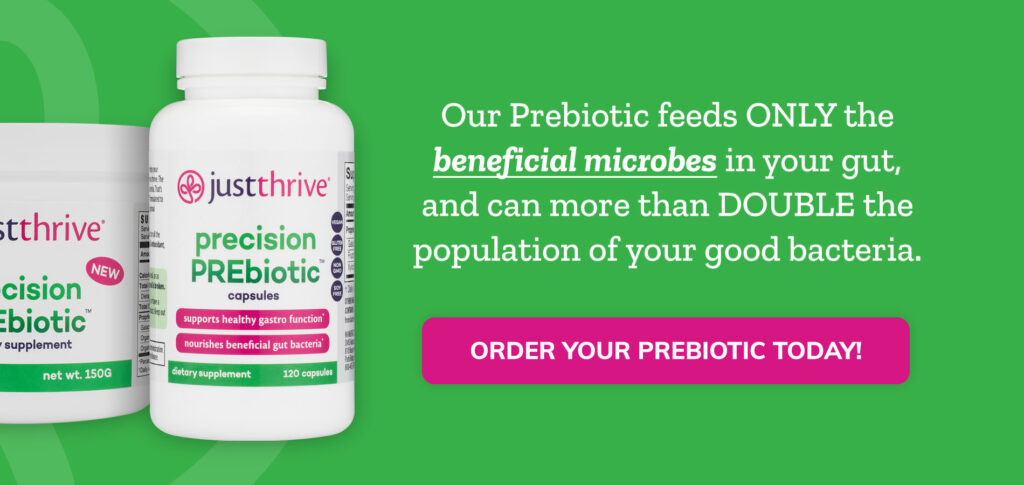Table of Contents[Hide][Show]
1. Cauliflower Rice
A lot of people turn to simple carbohydrates such as rice, bread, and pasta for their daily energy. While it might spike your energy levels, that boost doesn’t last very long and often ends in a crash.
On the other hand, complex carbs, such as cauliflower rice, provide long-lasting energy that’s sustainable. Eat this in the morning, and you’ll definitely have the power you need to conquer the day.
Plus, each serving is loaded with dietary fiber. If you want to lose some weight, eat cauliflower to flush out the toxins and chemicals that cause excess fat storage and bloating.
2. Squash
Squash is a delicious fall season vegetable brimming with vitamin A, vitamin C, fiber, and other nutrients. Have a few scoops of squash every day, and your digestive tract will definitely thank you for it.
Butternut squash, field squash, and acorn squash are just a few of the types of squash you can include in your list of fall season foods to try. If you’re strapped for time, you can boil them in water and eat them alone.
If you don’t like the taste of squash on its own, you can mix it with other superfoods and vegetables such as zucchini, turnips, pumpkin seeds, and Brussel sprouts, among others. You can also season it with salt and pepper or cook in olive oil for a bit of flavor.
3. Beets
Beets are a great source of vitamin C, dietary fiber, and folate, among others. On top of that, they’re low in calories, so those trying to lose weight can include as many beets as they want in their meal plan without feeling guilty.
Apart from being highly nutritious, they’re also very versatile. In fact, you can use them as extra ingredients in fried meals, grilled veggies, and even soups.
4. Kale
Kale is a delicious leafy vegetable that tastes best during the chilly fall and winter months. The leaves actually taste a bit sweeter when hit with frost. This is because colder temperatures cause the plant to convert some of their starches to sugar.
On top of being undeniably tasty, this fall food is also one of the most nutrient-heavy veggies in existence. In fact, it’s loaded with almost all the vitamins and minerals the body needs to function properly daily.
Also, its antioxidant properties are known to combat certain heart disease symptoms.
5. Pumpkin
No list of fall foods is complete without pumpkin. It’s the time of the year when pumpkins are at their best, and everyone is taking advantage of them.
You’ll probably see them everywhere you go. Pumpkin pie, pumpkin spice latte, and pumpkin puree are just some of the pumpkin-themed foods that will greet you this season.
Remember though, many of these foods just mention can be heavy in sugar, so they are best consumed in moderation. To get the most health benefits from this fall staple, try a creamy pumpkin soup or simply roast one up in the oven.
6. Green Beans
Green beans are among the healthiest side dishes you can add to your meal. They’re packed vitamins C and K, and they only have 44 calories per serving!
The only reason most green bean dishes today are so unhealthy is they’re prepared incorrectly. People drown the beans in butter, brown sugar, and cream, among other fatty ingredients.
If you want to improve their taste, you can do so by using basic spices such as salt, basil, and garlic powder.
Related
Your Complete Guide to Vitamin K2 (MK-7)
Learn how vitamin K2 MK7 differs from vitamin K1 and discover its functions and benefits, signs of deficiency, and how you can incorporate it into your daily diet.
7. Brussels Sprouts
Hopefully, the recent craze for kale hasn’t made you forget that it’s not the only cruciferous vegetable on the market, because Brussels sprouts are in season once again!
These fall foods have so much vitamin C that a few servings of these are all you need to meet your daily vitamin C requirements. Also, they have anti-inflammatory properties which makes them ideal for those trying to combat diseases such as arthritis and inflammatory bowel disease.
8. Apples
Similar to pumpkins, apples are a symbol of fall. In fact, picking apples from an orchard is just as popular and iconic as carving pumpkins for decorative purposes.
What you can do is go to a farm with your family and stock up on this season’s worth of apples. That way, you can do something fun with your loved ones, and you’ll also have a full supply of these delicious, healthy sweets!
9. Grapes
Are you craving some cake and ice cream but also trying to cut back on your sugar consumption? Then try munching on some sweet, juicy grapes!
Apart from being irresistibly delicious, they’re also an excellent source of numerous vitamins and minerals known to combat cardiovascular diseases. Plus, they’re loaded with fiber and potassium which makes them an excellent energy source!
A fun way to eat these fruits is to mix them in with a salad, but make sure you don’t use any cream or milk. These will go well with apples, oranges, cranberries, strawberries, and blueberries, among others.
The best way to enjoy these fall foods is to combine them with other vegan ingredients. Not only does this improve the taste, but it also boosts your meal’s overall nutritional value!
Final Thoughts
As a final note, since many of these fruits and veggies are high in fiber, they make an excellent source of prebiotics (food for your beneficial gut bacteria), to help keep your gut and microbiome balanced, happy, and healthy.
In addition or instead of these prebiotic foods, you can try prebiotic supplements which come in powdered or pill form. These may also be a good alternative for you if the foods above cause gastrointestinal distress for you. For example, the specially selected and clinically-tested fibers in Just Thrive’s Precision PREbiotic have been shown to offer soothing, gastrointestinal support.
Include any of these low calorie, satisfying fall foods in your diet for a boost of vitamins, essential nutrients, and prebiotics, and be on your way to feeling your best.
You May Also Like…





